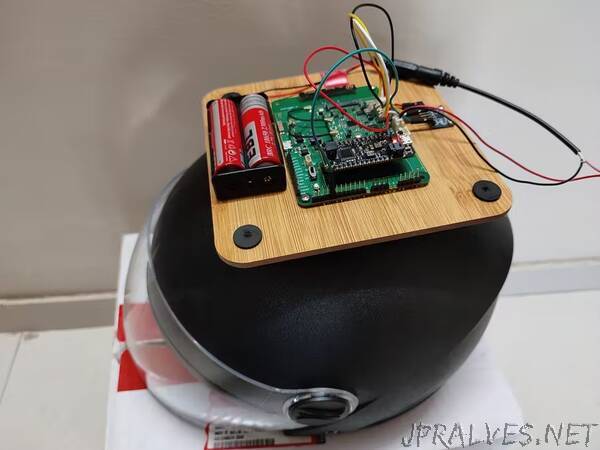
“A smart helmet which can track the user location and detect a fall using a MPU6050 IMU based fall detector
We are living in the age of digitization and smart IoT devices. With advances in technology in the last few years it is even more important that we use those technologies in an effective manner. Human and worker safety is one important topic. While riding a bike, a car, or working at a factory, almost everyone of us is at a risk of accidents to some extent. When someone is either working in a remote area or is on their own it may be necessary to keep watch and be informed about their location as well as their status using sensor data.
For safety reasons fall detection and alerting after one has fallen is an important thing to monitor. If a person can move after a fall is detected with the sensor attached to the “Smart Helmet”, this can mean that the person is safe. If one is not moving then they would need emergency medical help at the location where one has fallen.
In these mentioned scenarios, a alert based system with a cloud dashboard can be created. Emergency service team can be informed via SMS or other similar alert systems about the user’s accurate location and other information. This centralised system can revolutionise the way people drive, work or travel.
The map based cloud services not only provide location, but also provides geo-location features that can send an alert to someone if they enters an accident prone area.
For these reasons I have created the “Smart Helmet” project.
For creating a smart helmet that has tracking capability, you must have GPS plus some connectivity options, so that the GPS and sensor data can be sent to the cloud for nice visualizations.
With Blues Wireless’s products such as cellular/wifi Notecard and the companion boars such as Notecarriers, Blues Swan (feather based STM32 board), and their cloud service Notehub.io, makes it easy even for newbies to IoT to create a tracker and an online dashboard.
In the following write up I will discuss what I have done to create a sensor-based smart helmet with GPS/Cellular connectivity. The smart helmet can monitor movements, free fall detection, temperature, current location of the user and other sensor data from remote locations.
Creating Free Fall detection
For creating a smart helmet with fall detection and an alerting system it was necessary to create a working fall detector. I used MPU6050 sensor from invensense. It has built-in fall detection support which can trigger interrupts on the host MCU to alert the user. I have created a simple sketch which can detect and turn-on the LED for the user to indicate free fall detection.
The setup in the picture is a swan based fall detector with an LED that turns ON for some seconds to indicate a free fall-detection.
The following open-source library on Gitlab was created by me to interface with a MPU6050 sensor over I2C interface.”
